The Sauber team is year-on-year pulling itself out of the effects of the financial abyss it faced back in 2015 when it was on the point of extinction and had been starved of investment for a damagingly long time.
In 2022 (the penultimate season of its Alfa Romeo naming deal before reverting briefly back to Sauber ahead of the Audi takeover) it made further progress with a fundamentally sound car, the C42, and an all-new driver line-up but its relatively small size still imposed certain limitations. They manifested in a production bottleneck which slowed up development and possibly played their part in sometimes-chaotic race operations.
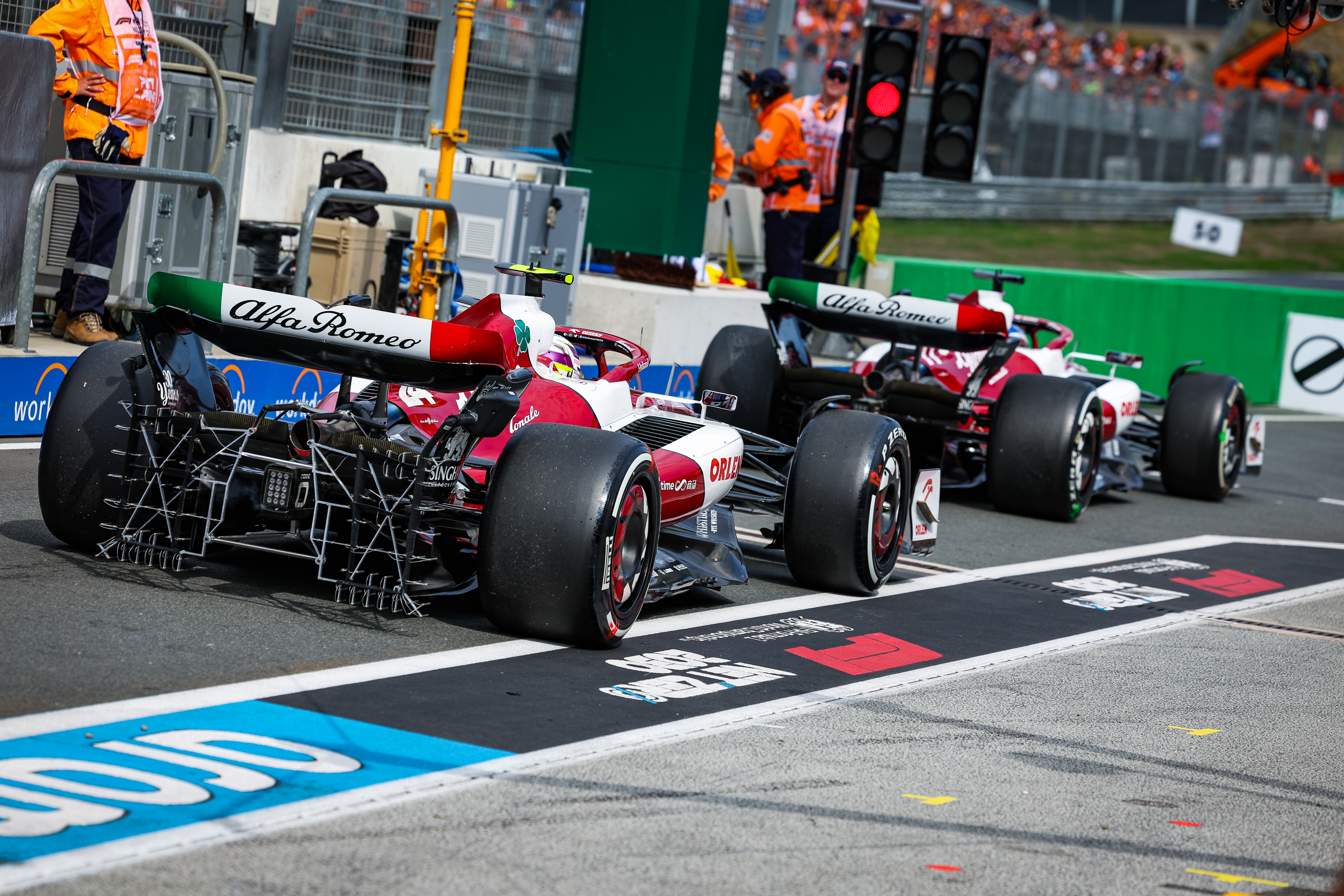
Valtteri Bottas and rookie Zhou Guanyu between them garnered enough points to place the team sixth in the constructors championship, some way distant of McLaren, just ahead of Aston Martin. That was a fair representation of a car which averaged-out as the sixth-fastest qualifier over the season. It was capable of being at the head of the big midfield group – as was the case in Miami, Spain and Mexico – but generally played second fiddle to the Alpine/McLaren struggle a couple of tenths ahead.
2022 SUPERGRID (dry qualifying only, lead car counted for each event)
1. Ferrari 1m22.826s
2. Red Bull 1m22.873s
3. Mercedes 1m23.482s
4. McLaren 1m23.888s
5. Alpine 1m23.949s
6. Alfa Romeo 1m24.145s
7. AlphaTauri 1m24.249s
8. Haas 1m24.474s
9. Aston Martin 1m24.632s
10. Williams 1m24.950s
In a new regulations season which created a lot of variation in car designs, the C42 was distinctive in being physically smaller than any other, a major part of why it was the only team to begin the season with a car right on the minimum weight limit despite the bigger wheels/brakes and stronger floors.
Technical director Jan Monchaux made weight a high priority right from the start. “The discipline – especially for the mechanical designers – was to try even in the early stages, before concepts are fully mature, to make the effort on the weight.
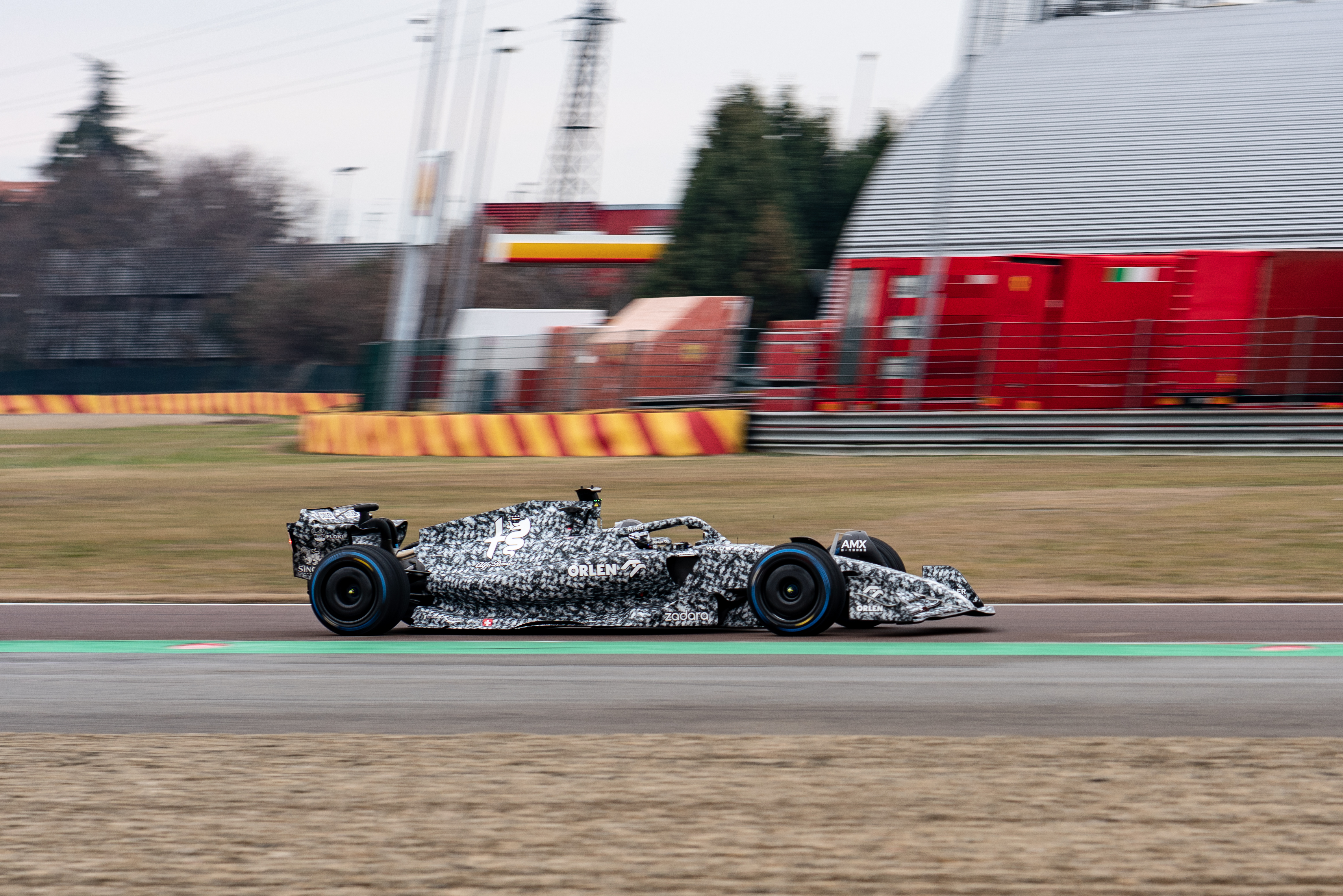
“Depending what you see, either you put more resources or consider different avenues even if it wasn’t an obvious direction otherwise.
“Just relentlessly chasing every gram.”
The regulations mandate the wheelbase to be between 3460-3600mm but the Alfa’s 3500mm was the shortest in the field. This was very much part of the weight-saving programme and it necessitated the team making its own shorter gearbox casing for the Ferrari internals.
This also allowed the team to go its own way on rear suspension – and it did so by specifying a pushrod layout (in common with Red Bull, McLaren and AlphaTauri and in contrast to Ferrari’s pullrod). It retained a conventional pushrod layout at the front (unlike Red Bull and McLaren).
The team used the basic cooling layout that came with the Ferrari 066/7 power unit but within the shorter wheelbase the sidepods needed to be especially wide at the front to accommodate the radiators. This was incorporated into a similar outwash sidepod concept to that used at Ferrari (and Haas).
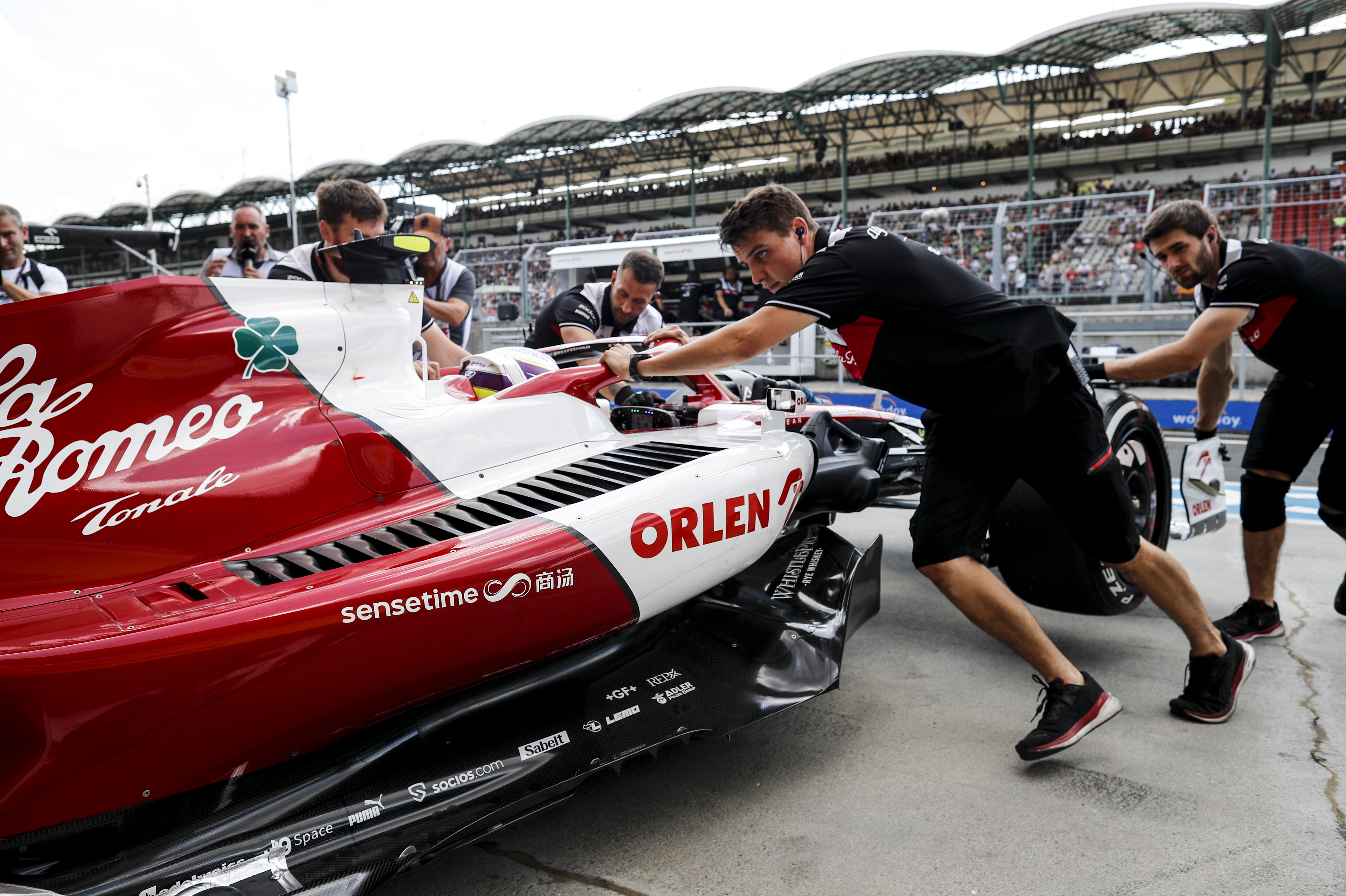
In its performance pattern it wasn’t unlike the Ferrari, showing well relative to its opposition on circuits rewarding good downforce (Barcelona and Hungary notably) but less well where high drag is punished hard (Spa, Monza).
Initial testing revealed a severe porpoising problem which destroyed a floor and damaged the bodywork. Increasing the ride height got the team out of that immediate problem for the opening race, but the full fix came with a stronger floor which did not flex as much (but which added weight).
There were a series of early season bodywork upgrades, the most significant of them coming at Imola where the engine cover and coke bottle area were reprofiled to increase the outwash around the rear tyres. “Yes, we gave ourselves space,” says Monchaux, partly in reference to this. “When we drafted the topology of the suspension and bodywork we wanted to leave the door open and not go too extreme, in case we got something wrong. This allowed us to adapt.
“If we had more financial resources we’d have done further work on the bodywork – which we couldn’t afford.”
Its form was pretty strong in the first third of the season, with Bottas splitting the Mercs in qualifying sixth at Sakhir for the opening race and racing strongly to that position the following day.
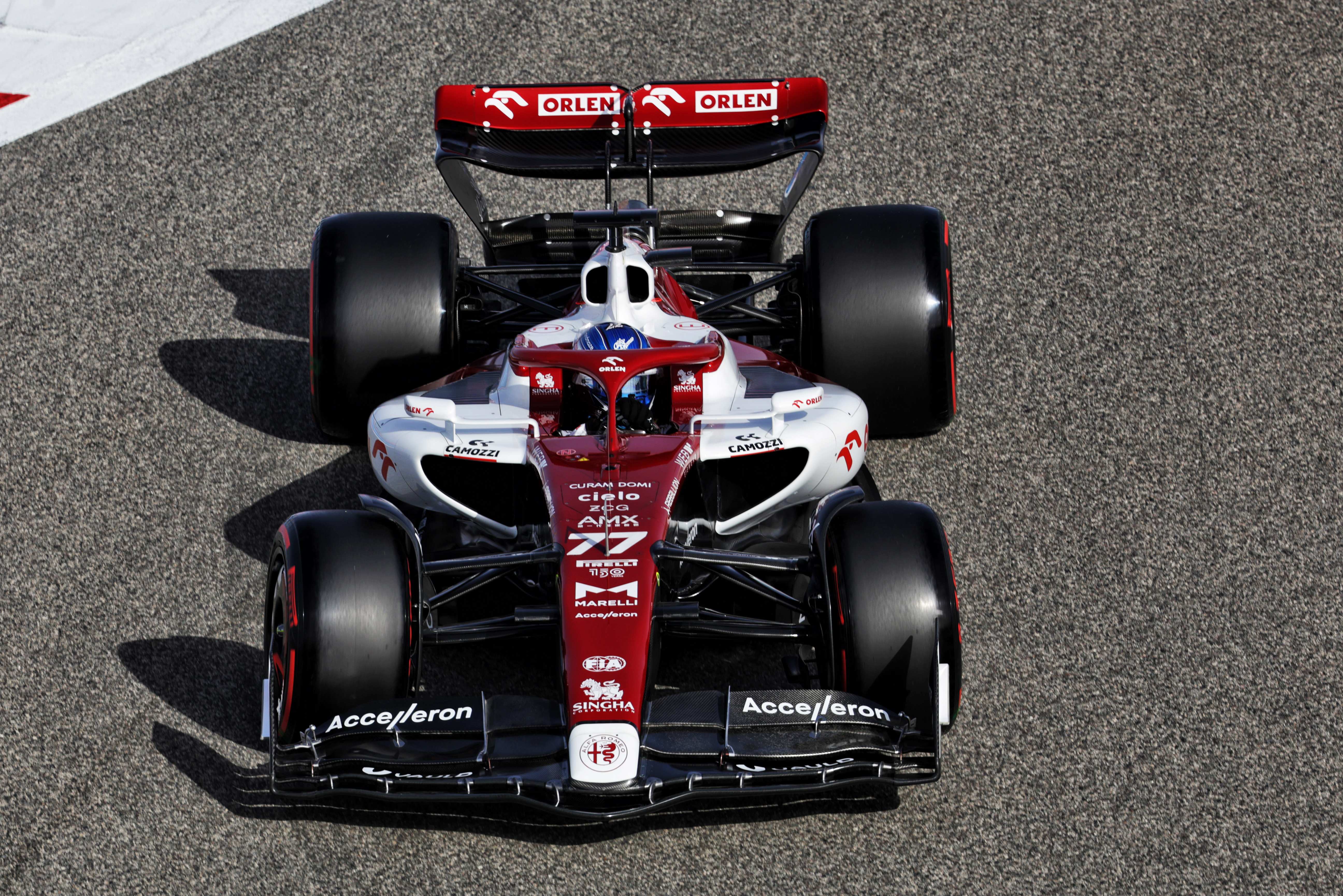
Monchaux believes that the team’s driver-in-loop simulator – Sauber the last team to attain this technology – was a crucial part in that strong opening performance. “In January Valtteri ran the car in the simulator, he just needed to be more confident in the car and needed an option for the mechanical set up for the car we did not have. So we were able to say, ‘ok, let’s make it’ and it arrived in time for Bahrain testing and it did the job.
“In previous seasons we’d have gone to the track and found the issue and it would then have taken another month to get the new part.”
In the wet of Imola Bottas qualified fifth and was pressing Russell’s compromised Merc for fourth in the race. At Miami he was ahead of both Mercs but a small misjudgement at a safety car restart allowed them to pounce. This was followed by Barcelona where Bottas’ sixth place might have been fourth had the pitwall not called him in too early.
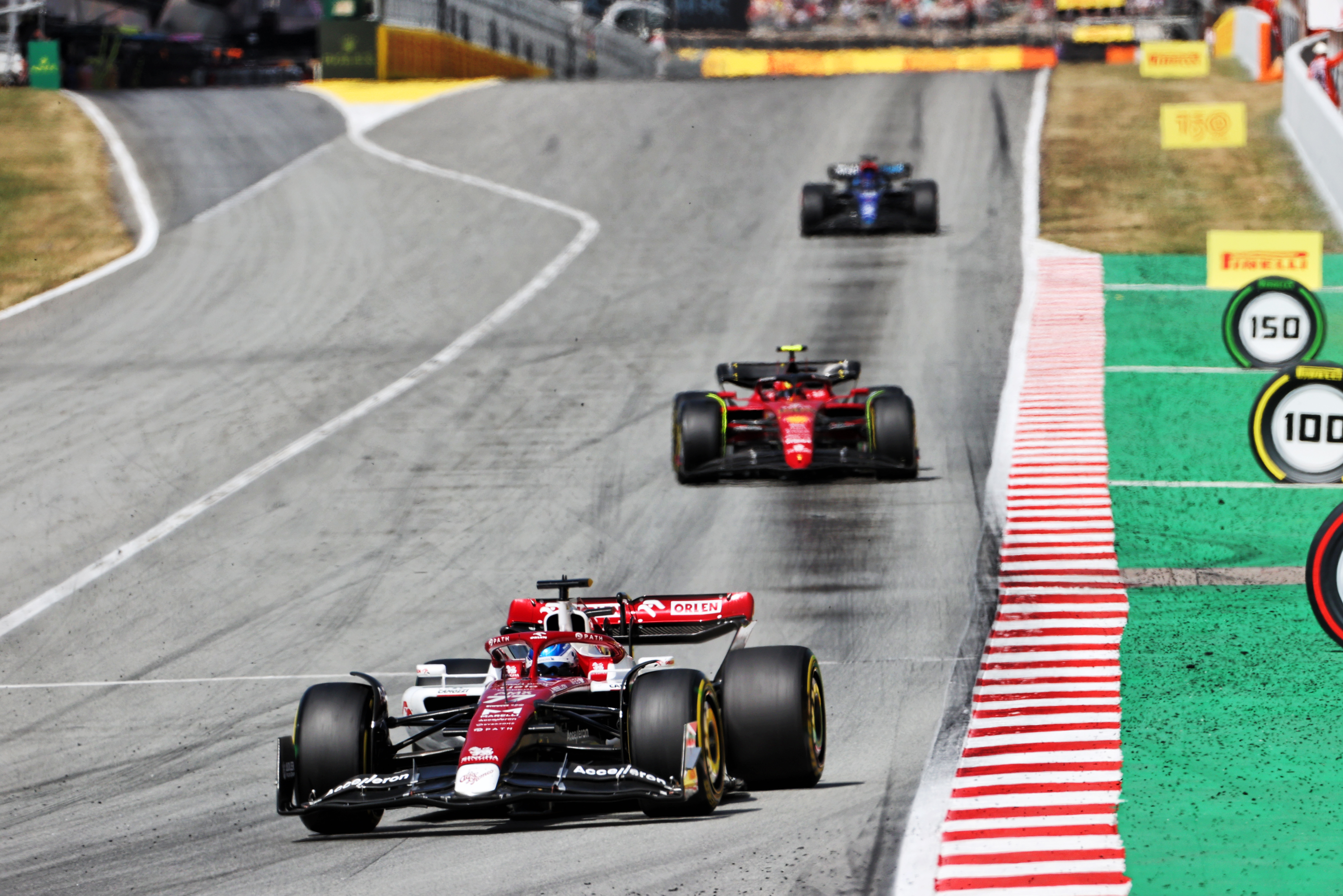
But thereafter the car’s form rather faded. It was a combination of rivals steadily reducing the weight of their cars and Alfa’s production department being unable to keep up with the tunnel programme. “We are only 400 people, not the 800-900 of the top teams,” says Monchaux, “so things were slower.
“This affected reliability, too. Some of the DNFs were on our side.” Leaving unsaid that some were from the still-delicate Ferrari PU.
A water leak took Bottas out of the race in Saudi and Zhou in Miami. The team was then forced to tell Zhou to stop the car in Spain and Baku. There were grid penalties related to the PUб too. Startline performance was also a problem, neither driver happy with the way the clutch modulation worked. Development also suffered through accident damage, notably Zhou’s alarming-looking roll at Silverstone.
In Japan, a new front wing which had been signed off by the wind tunnel in the summer finally appeared – and it bounced Alfa straight back to where it had been early in the season, as a leading midfield contender.
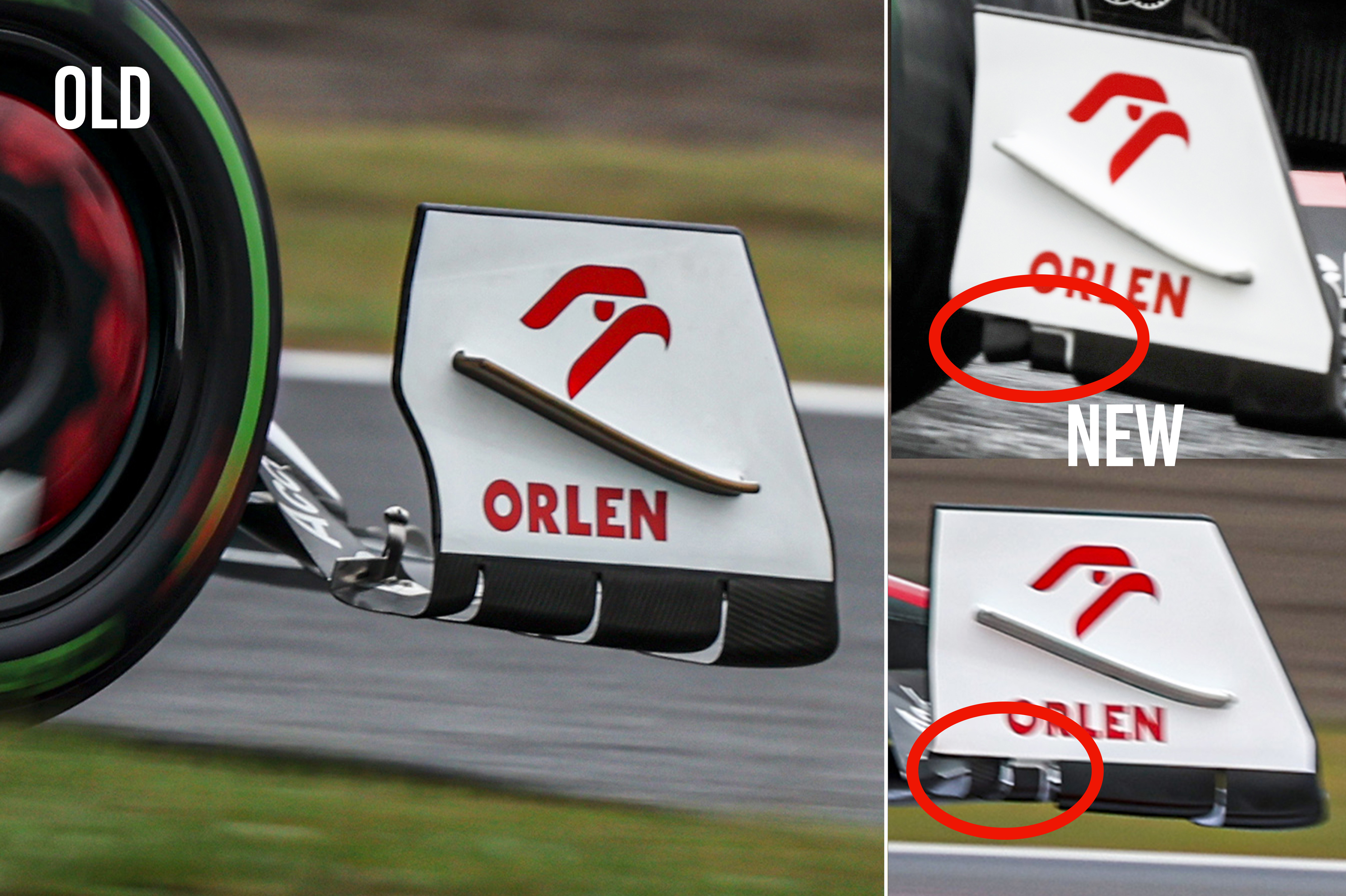
A cutaway at the base of the endplate out-washed more of the airflow around the tyre and while the wing’s elements were narrowed – giving a less obstructed flow to the floor – a re-siting of the flap adjusters meant that the span of wing being adjusted was greater, thus offsetting the reduction in depth while still boosting the floor-derived downforce.
It was Q3-quick in Suzuka immediately and Bottas qualified as ‘best of the rest’ in Mexico, giving some clue as to the season Alfa might have had if not so production-limited.
In all, it was a positive season for the team, helped by a more competitive power unit admittedly but with a sound technical response to an all-new set of regulations which could easily have caught out such a relatively small team. Team operations and reliability were not top-notch, but that could equally be said of Ferrari.


